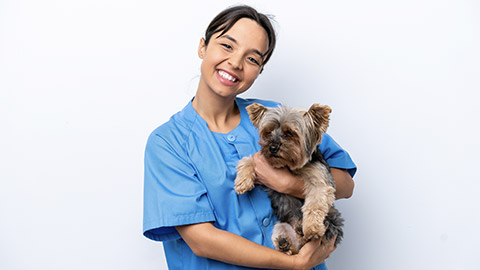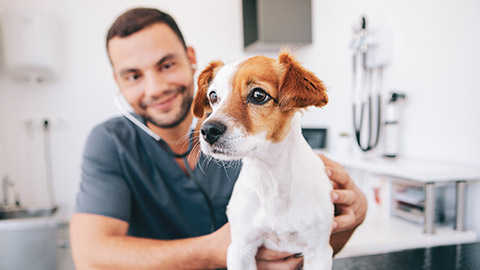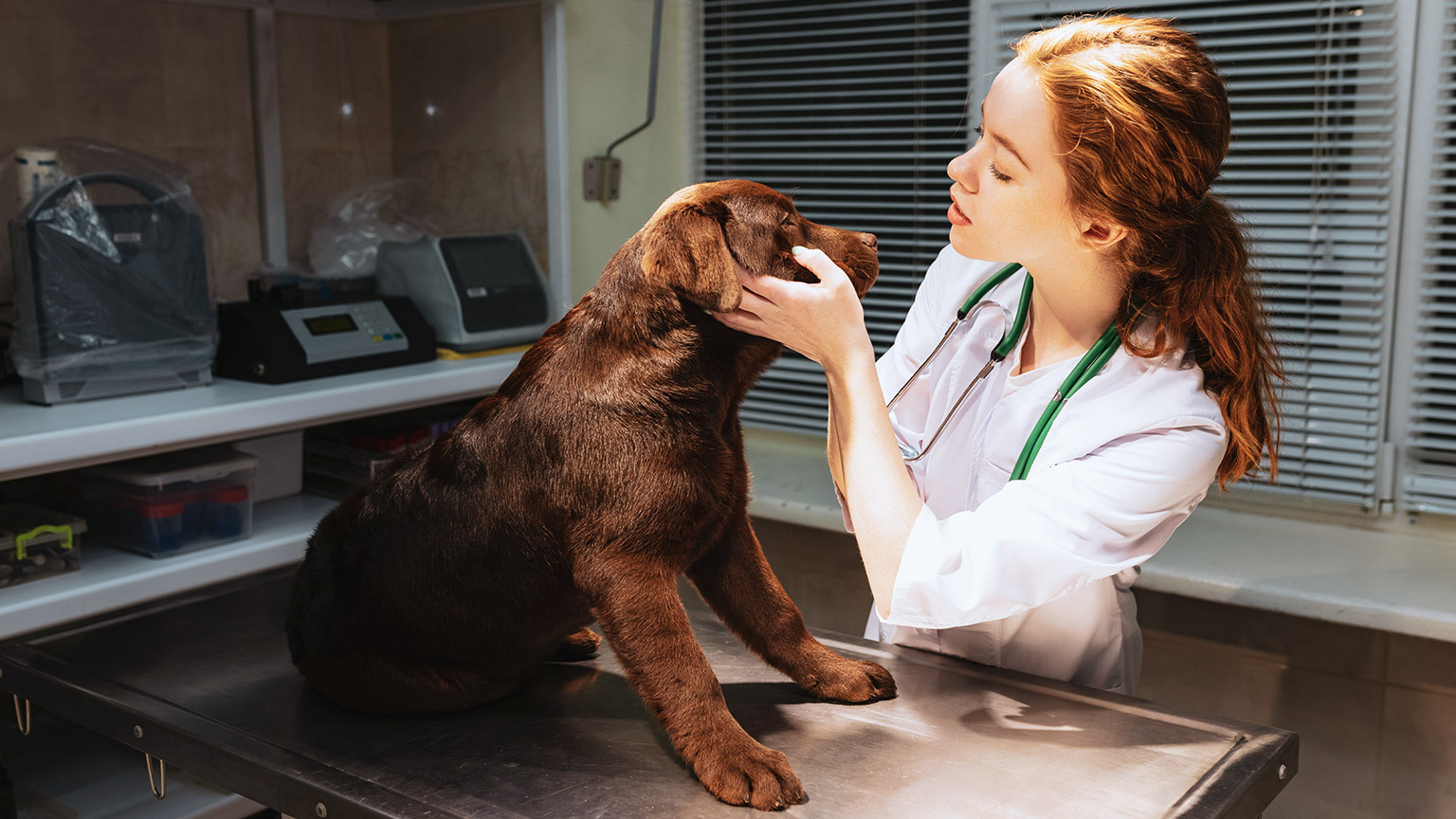Workplace health and safety in an animal care facility are paramount for the well-being of both staff and animals. Ensuring a safe environment requires a comprehensive approach that includes hazard identification, risk management, training, and adherence to safety protocols.
Hazard Identification and Risk Management
- Hazards: Identify potential hazards such as bites, scratches, zoonotic diseases, chemical exposure, and physical injuries from equipment or animal handling.
- Risk Assessment: Conduct regular risk assessments to evaluate the likelihood and severity of hazards. Implement control measures to minimize risks, such as using protective equipment and proper handling techniques.
Training and Education
- Staff Training: Provide comprehensive training for staff and volunteers on safe animal handling, use of personal protective equipment (PPE), emergency procedures, and specific protocols for different species.
- Ongoing Education: Conduct regular refresher courses and update training materials to ensure everyone is aware of the latest safety practices and regulatory changes.
Personal Protective Equipment (PPE)
- Proper Use: Ensure staff are equipped with and trained to use appropriate PPE, such as gloves, masks, goggles, and protective clothing.
- Accessibility: Make PPE readily accessible and enforce its use in relevant areas of the facility, such as treatment rooms and animal enclosures.
Facility Maintenance and Safety
- Cleanliness: Maintain high standards of cleanliness to prevent the spread of zoonotic diseases. Regularly disinfect animal housing, treatment areas, and common spaces.
- Equipment Safety: Regularly inspect and maintain equipment to ensure it is in safe working condition. This includes veterinary tools, feeding equipment, and enclosures.
- Environmental Controls: Ensure proper ventilation, temperature control, and lighting to create a safe and comfortable environment for both animals and staff.
Emergency Preparedness
- Emergency Plans: Develop and implement emergency response plans for various scenarios, such as animal escapes, natural disasters, fires, and medical emergencies.
- Drills: Conduct regular emergency drills to ensure staff are prepared to respond swiftly and effectively to emergencies.
Safe Animal Handling and Interaction
- Handling Protocols: Establish and enforce protocols for safe handling of animals to prevent injuries to staff and minimize stress for animals.
- Behavioural Understanding: Train staff to recognize animal behaviour and warning signs of aggression or distress and how to respond appropriately.
Incident Reporting and Investigation
- Reporting System: Implement a clear system for reporting accidents, injuries, and near-misses. Encourage staff to report all incidents, no matter how minor.
- Investigation and Follow-Up: Investigate incidents to determine root causes and implement corrective actions to prevent recurrence. Share lessons learned with the team to improve overall safety.
Communication and Consultation
- Safety Meetings: Hold regular safety meetings to discuss concerns, review incidents, and update safety protocols.
- Feedback Mechanism: Provide a platform for staff to voice their safety concerns and suggestions for improvement. Act on feedback to enhance safety measures.
Health Monitoring and Support
- Regular Health Checks: Conduct regular health checks for staff to identify any work-related health issues early.
- Mental Health Support: Provide resources and support for the mental well-being of staff, recognizing the emotional challenges of working in animal care.
This is Sarah

This is Sarah. Sarah is one of the main Vets at Happy Paws Animal Care Facility. Sarah's main role in the animal care facility includes:
- Medical Diagnosis and Treatment: Diagnose animal illnesses and injuries through physical examinations, tests, and imaging. Prescribe and administer treatments, including medications, surgeries, and therapies.
- Surgery: Perform routine and emergency surgeries, such as spaying/neutering, tumour removal, and fracture repairs.
- Preventive Care: Provide vaccinations, parasite control, and wellness check-ups to prevent diseases.
- Client Education and Communication: Educate pet owners about animal health, nutrition, behaviour, and care. Communicate treatment plans and provide follow-up care instructions.
- Emergency Care: Handle emergency cases, including trauma, acute illnesses, and poisonings.
- Euthanasia: Perform humane euthanasia when necessary and provide support to grieving pet owners.
When Working With Animals, What Are Some Workplace Health and Safety Hazards You May Encounter?
Working with animals can present various workplace health and safety hazards. These hazards can vary depending on the type of animals, the work environment, and the nature of the tasks being performed. Here are some common examples:
Physical Hazards
- Bites and Scratches: Animals may bite or scratch when they feel threatened or are in pain, leading to injuries.
- Kicks and Strikes: Larger animals, such as horses or cattle, can kick or strike, causing severe injuries.
- Lifting and Handling Injuries: Lifting heavy animals or equipment can lead to musculoskeletal injuries.
- Slips, Trips, and Falls: Spills, animal waste, or wet floors can create slippery conditions.
Biological Hazards
- Zoonotic Diseases: Diseases that can be transmitted from animals to humans, such as rabies, salmonella, and ringworm.
- Allergens: Exposure to animal dander, fur, or feathers can trigger allergic reactions.
- Parasites: Contact with animals can expose workers to parasites like ticks, fleas, and mites.
Chemical Hazards
- Disinfectants and Cleaning Agents: Chemicals used for cleaning and disinfection can cause skin irritation, respiratory issues, or other health problems if not handled properly.
- Medication Exposure: Handling medications or veterinary drugs without proper protection can be hazardous.
Psychological Hazards
- Stress and Fatigue: High-stress environments, long working hours, and emotional strain from dealing with sick or injured animals.
- Compassion Fatigue: Emotional exhaustion from continuous care for animals, especially in rescue or veterinary settings.
Ergonomic Hazards
- Repetitive Movements: Tasks that require repetitive motions, such as grooming or milking, can lead to repetitive strain injuries.
- Poor Posture: Maintaining awkward positions while handling animals can cause musculoskeletal problems.
Environmental Hazards
- Temperature Extremes: Working in very hot or cold environments can lead to heat stress or hypothermia.
- Noise: High noise levels from animals or equipment can lead to hearing loss or stress.
This is Eugene
Eugene works for Happy Paws Animal Care as a veterinary assistant. The clinic is a medium-sized enterprise that cares for animals (mostly household pets, but also wildlife at times) and maintains health and well-being through medical intervention. Among other duties, it is Eugene's responsibility to care for the various animals within the clinic. Due to the nature of Eugene's work, there are strict guidelines he must follow as part of his daily duties, for example, Workplace Health and Safety.

What Are the Main Workplace Health and Safety Hazards at Your Clinic?
The veterinary clinic utilises complex machinery, equipment, chemicals and medicines, which can cause significant injury if used incorrectly. Laboratory animals also pose a significant risk of injury or zoonotic disease transmission if they are not handled properly.
What Control Measures Do You Use to Reduce the Risks Associated With These Hazards?
There is a documented procedure for every task that clearly outlines the safe methods for application, including any precautionary measures we must take. For example, I am required to wear personal protective equipment, like gloves, before handling the animals, and if we are performing surgery or a post-mortem, then I have to wear a mask, goggles and gown.
How Do You Contribute to Improving Workplace Health and Safety at Your Laboratory?
I am the fire warden for our floor, which means that I have had special training in emergency evacuation procedures, and in the case of an emergency, I have to ensure that everyone evacuates the building in an orderly and safe manner. I also report to my supervisor if I notice any potential hazards, for example, machinery that is not working correctly.
